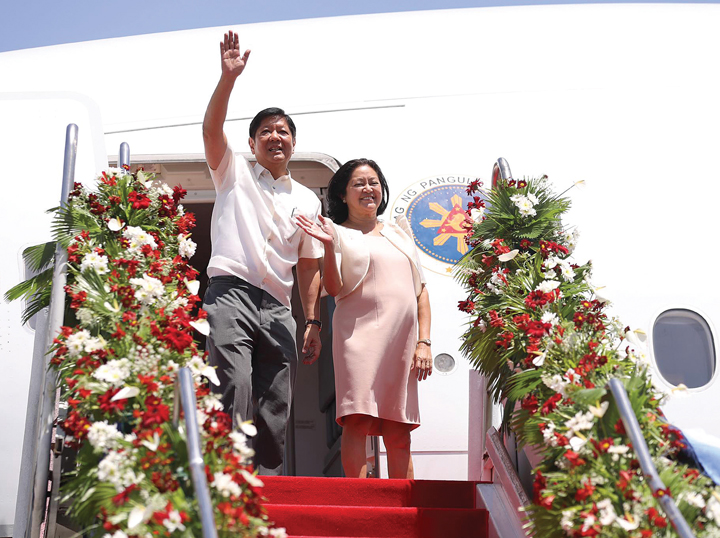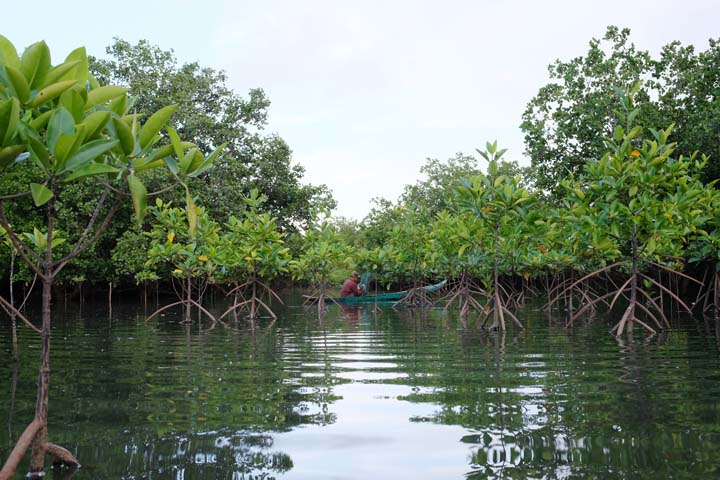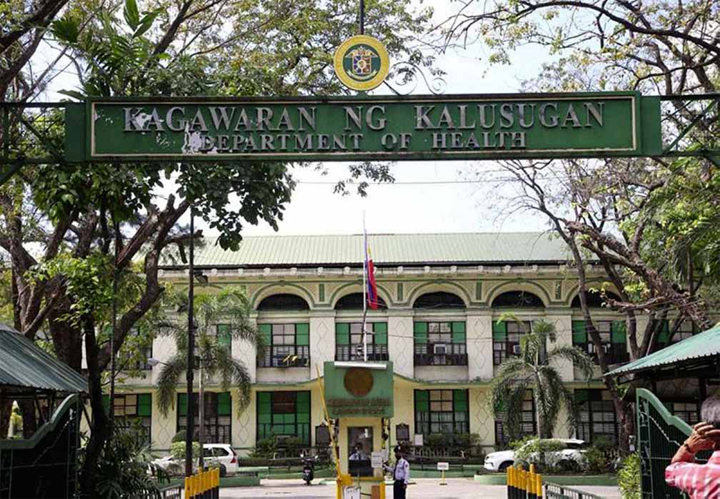AS mining takes center stage in the Mindanao leg last week of the multi-stakeholder dialogue by the Department of Environment and Natural Resources (DENR), Secretary Maria Antonia Yulo-Loyzaga vowed to look into the issues and concerns raised by residents of communities affected by mining.
Pressed for comments on the violent dispersal of anti-mining barricades put up by communities in Sibuyan Island, Yulo-Loyzaga initially declined to speak about the issue.
Nonetheless, the DENR chief eventually said that “people need minerals, which requires a balancing act” on the part of the DENR.
The dialogues initiated last year by the DENR in Luzon, Visayas and Mindanao aim to gather inputs from various stakeholders on environmental concerns. The inputs will form part of a policy to be developed by the DENR under Loyzaga’s watch, a statement from the agency read.
The official said to achieve a balance in terms of the approach, geographically and socially, the DENR needs to listen to all stakeholders and be satisfied after hearing them out—whether they are pro-mining or anti-mining.
“You know, I will not speak specifically to it, but I’ll tell you this, we’re here to listen and until we can be satisfied that we have heard all stakeholders, we cannot achieve a balance in terms of our approach geographically and socially,” she said. “So, these complexities need to be addressed in whatever approach we will take moving forward.”
While minerals are needed, she said there’s a need to balance mining impact in terms of economic, social and environmental considerations.
“How we balance that really depends on our understanding of the complexities of the different contexts that we are actually faced with. So we cannot choose just one approach. We need to be sensitive to everything else that is going on. So you’ve brought up Sibuyan, we’ll take a good look at that,” she assured.
Sibuyanons against mining
RESIDENTS of Sibuyan continued to protest the alleged illegal mining operation of Altai Mining in San Fernando town, Romblon province, because of mining’s destructive nature.
Romblon has been considered having a fragile ecosystem. The province sits in Sibuyan Islands, known as the Galapagos of Asia because of its rich biological diversity.
The protesters want the mining operations stopped and demanded a thorough investigation as to how the company was able to operate sans the necessary permits and documents such as barangay clearance, municipal business permit and a DENR foreshore lease contract. The residents said the firm was also able to secure a permit from the Philippine Ports Authority to construct a private port.
Mitigation hierarchy
LOYZAGA has said that under her watch, the DENR is adopting what she calls a “mitigation hierarchy.”
“When you are disrupting an ecosystem, if you can avoid it, you must; if you can reduce it, you must. If you need to rehabilitate, you must and, if you cannot fully rehabilitate, you must be engaged in some form of compensatory action,” she said.
Loyzaga, however, admitted that such an approach has not been fully threshed out. She said doing so will entail the consideration of the environmental management program that each company needs to undertake, the progressive rehabilitation program that they will propose and the Social Development and Management Program (SDMP) that they are mandated to put into operation.
During her time as Environment Secretary, the late Gina Lopez has called on large-scale miners to review their SDMPs and adopt a more effective “Sustainable Integrated Area Development” (SIAD) approach to ensure their operations bring sustained economic and social benefits to their host communities.
SDMPs are provided for in DENR Administrative Order 2010-21, which is the implementing rules and regulations of Republic Act 7942 (Philippine Mining Act of 1995).
Risk management
LOYZAGA said they are looking at the SDMP to see how it can be part of a general resilience and risk-management objective for the communities and ecosystems that are going to be disrupted.
A precondition to starting a mining operation, the SDMP is a 5-year plan carried out during the life of the mine to bring about a sustained improvement in the living standards of the host and neighboring communities.
The environmental protection and enhancement program will also be reviewed, she assured.
“For us at this point, there will be a very careful look at climate-related risks and other multiple hazards that are occurring in the area, but certainly the impacts, socially, economically and in the end, the power of the governance structure at the local level to help us with monitoring, observation and analyzing the environmental impact of these activities,” she said.
“We are applying a comprehensive risk management approach. So anything that will come before the current administration of the DENR, we will be adopting this lens,” she said.
Multi-sector advisory council
ACCORDING to Loyzaga, the pro-mining and anti-mining communities will be engaged in the discussions by the DENR.
Moreover, she said a multi-sector advisory council will be launched for each of the bureaus soon. For the Mines and Geosciences Bureau, anti-mining and pro-mining as well as scientific and academic communities will be part of the advisory council.
She said the mining laws will be reviewed through the lens of clean water, clean air, solid waste, climate change and disaster risk management.
Loyzaga said the DENR will build in some of these mitigation efforts not just through the permitting process, but through the policy formulation process as well.
“We will be reviewing the Philippine mining laws both for small-scale mining and the 1995 Mining Act. So these are all to be reviewed within the lens of clean water, clean air, solid waste, climate change and Disaster Risk Reduction and Management ads. We can no longer think that these are not interrelated. They all intersect with each other. So that’s what we are going to be doing at the department at this point,” she said.






























